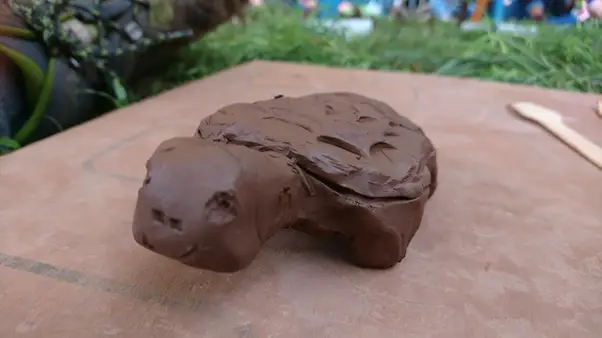Whether you are a beginner or not, drying pottery can be an area of your pain, as most of the time, it tends to crack. No matter how nicely you have created your pottery piece with excellent quality pottery clay, it can still break if the drying process is not initiated correctly. While drying, the pottery comes in contact with air and heat, which works to extract the moisture from it, leading to cracking.
Well, seeing your hard work, and cracking is always disheartening as it costs your efforts. However, you can quickly resolve the problem if you follow the right procedure for pottery drying. In this article, we will talk about the top 10 tips that you can follow to dry your pottery evenly. Read on to know more.
1. Pick the right clay for your pottery making:
It all starts with the type of clay that you have picked for your job. Not all clay is going to work correctly when it comes to drying consistently. Clay, which contains grog, is very efficient in reducing crack during the drying period.
Pick a clay that comes with a grog as it shrinks less due to the firing process it has met. The grog usually comes with less water content. The less water characteristic makes the grog contents shrink less.
The grog present in the clay body makes the clay particles less densely packed with one another. It helps the clay’s water become easy to migrate on the surface area to evaporate quickly. As the grogged clay shrinks less, the pottery does not face much stress during the drying process, making it less likely to crack.
You can use Bastex Low Fire Pottery Clay to get the best drying results without cracking.
You can buy a lump of clay that comes with a grog or make a grog on your own and add it to the clay while making your pottery. The grog is easy to make. All you need to do is fire clay and then ground it up to give it the shape of granules.
Here is the division of clay as per its drying nature:
Clay that dries properly | Clay that does not dries completely |
| Air-dry clay | Polymer clay |
| Stoneware | Cernit |
2. Focus on the thickness of the clay:
The clay can often face uneven dryness and cracking if you do not have the proper thickness for your pottery. If the thickness of the clay is rough, it often leads to uneven drying, as one place can start drying faster while the other area remains dry, which leads to fast cracking.
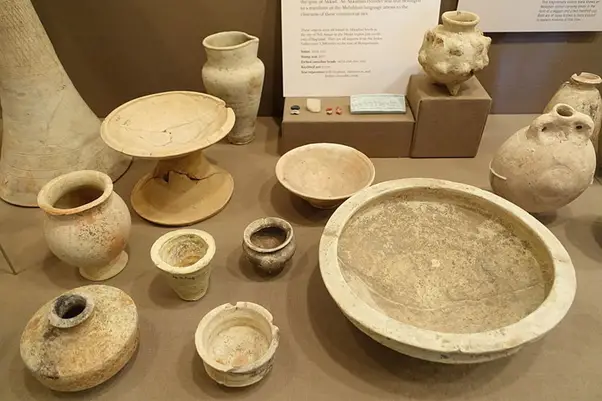
To prevent cracking, make sure that the various portion of your pottery becomes relatively even with the thickness. Pottery pieces like cups, vases, bowls can significantly suffer if the base does not comes even. You can make use of a needle tool to measure the bottom of the pottery’s thickness if you want. Try to press the needle tool against the base to check thickness as soon as it touches the wheel head. After that, you can remove the needle tool from there to see the gap of your finger is from the needle tip. It shows you correctly the base of the pottery.
When it comes to thickness, it is always better to keep the walls of your pottery thin. The thinner pottery walls lead towards fast and even drying of the pottery piece from all over the area, preventing cracking effectively.
3. Try to protect the areas of your pottery that tend to dry faster:
To ensure crack-less drying of your pottery, it is vital to ensure an even drying process. To facilitate an even drying process, cover the parts of the clay that tend to dry faster. If you work with pottery very often, you must know that the wrapping handles and lips with the pottery pieces tend to dry more quickly. You can wrap it using a newspaper or plastic. It brings the rate of drying with an even line of your pottery.
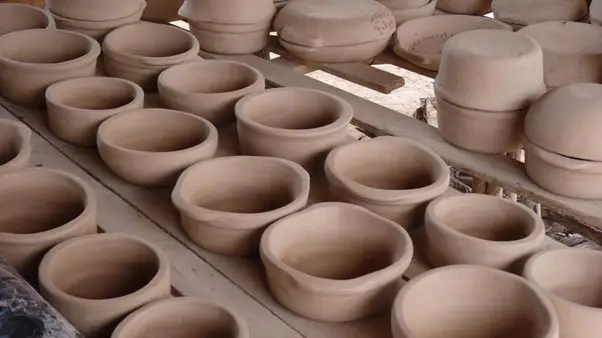
Another way to implement even drying is using the wax resist to make the result similar everywhere. A wax resists work as a waxy emulsion that you need to apply on the handles or the fast-drying areas to initiate the slow moisture loss. While applying it, be careful, as using the wax resist to a handle can leave a thin strip on the handle, which can let the moisture escape.
4. Consider covering your ceramic ware for preventing cracking:
You can easily control the drying rate of your pottery. You can cover it at ease with the help of a plastic bag. In this way, the moisture in the clay can evaporate quickly. It also properly enhances the humidity rate within the bag, which leads to a very even cleaning of your pottery.
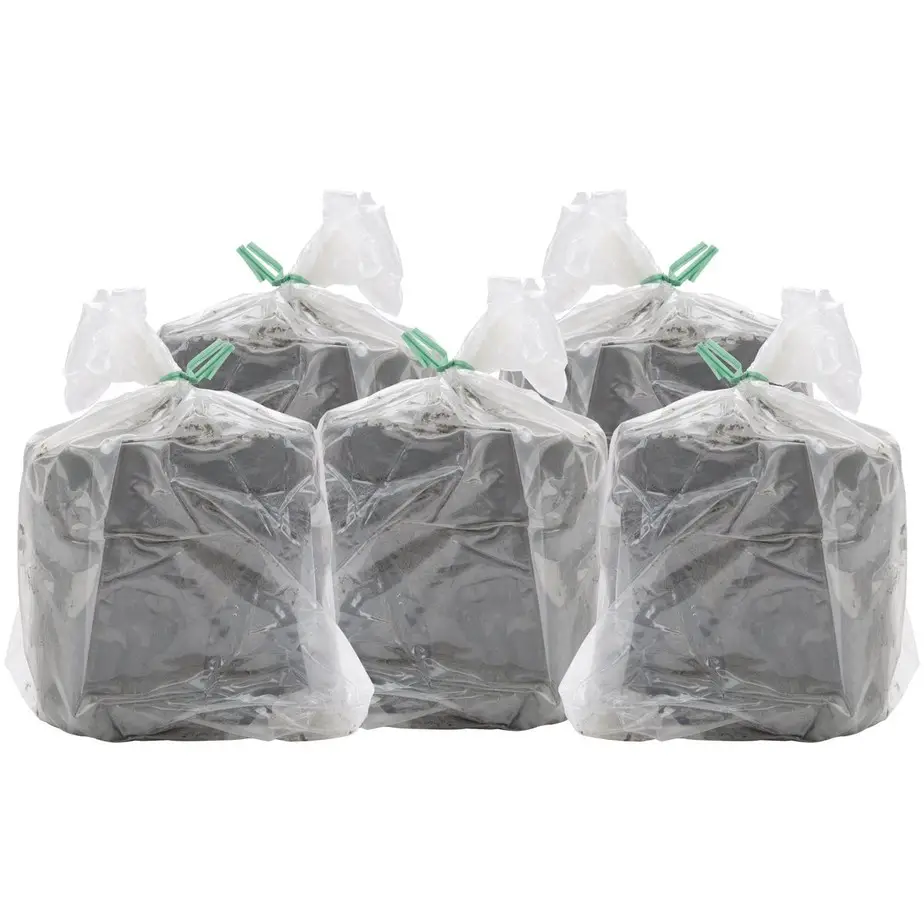
You can easily do it using a plastic bag. Make a tent using the plastic bag over the pot. If you have placed your pottery on a bat, then you can easily trap the corner of a plastic bag under the bat to make a very nice seal all over. At the same time, you can consider making the bag’s base loose to encourage more airflow.
If you are using a seal of the bag to position it lightly, you need to consider the environment’s humidity.
As the water usually condenses inside the plastic bag, it can be risky if it touches the clay surface. It can make your clay moist and soggy. If you have this kind of problem, you can consider using a paper towel or a soft piece of cloth that quickly absorbs the bag’s moisture and prevents it from sticking.
5. Try to use a damp box to prevent cracking:
A drop box undoubtedly works as a beneficial gear for controlling the drying of your pottery. The damp box is usually effortless to make and easy to use. You can use any plastic container of the right size. Then make the box set using a 1-2-inch layering of plaster. Leave the plaster for some time to become rigid. As the plaster is hard, then it can be made much moist by adding water as per the requirements.
As you are done with making the box, place your pottery in the damp box. Cover the box with the lid over it to create a very nice seal. It lets you create a very moist environment inside the box so that the clay can dry out slowly.
You can easily control the drying rate while adjusting the moisture of the plaster. To make the drying faster, you can leave the lid a bit open. If you want to make pottery with a thicker base, you can keep it on a dry plaster bat. Then cover the piece with a paper towel. The plaster is going to draw moisture from the bottom. It controls the base’s drying rate near the line, which is ideal for thinner walls.
6. Turning over your pots to avoid them cracking:
In many cases, turning your pot can also help control your pot’s drying rate and cracking. As your pottery is strong enough to pick up without ruining the surface, you can quickly turn it over. It is very effective as a pottery drying process. It rightly exposes the inside to the open air, which makes the drying easy.
Also, it is beneficial for the pottery pieces which are having lips. Since the lips tend to dry faster, it leads to cracking of the pot. When you turn the pot upside down, the pot’s lip sits on the table, forming a seal. It prevents the lips from getting exposed to open air from each direction, leading to a very even and right drying process.
7. Check the drafts if it is making your pottery crack or not:
Drafts can be responsible enough to make your pottery crack easily. However, you can save your pottery from breaking due to drafts by simply covering it in the right way. To keep your pottery safe from drafts, you can cover it using an upturned bucket to seal it.
While many potters tend to use fans, blowers, or heaters to speed up the drying process, some of the potters solely oppose this. According to them, using the natural drying process is much more reliable and leads to proper drying without unevenness.
8. Ensuring proper positioning of your pot while drying:
The cracking can also take place often if the positioning of the pot while drying is not proper. While making your pot sit for drying, you need to choose the right position, which leads to an appropriate drying procedure.
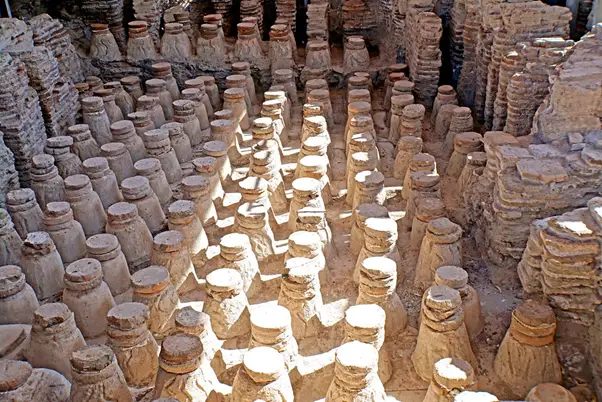
If you are making items along with handles, try to position them in a way so that the handles do not face each other. If the handles are pointing inwardly towards the circle center while drying, it can easily create hot and humid weather for itself.
9. Try to position your pottery on a shelf or a rack:
When it comes to drying your pottery in a very even way, you need to consider where you are placing it for drying. If you are thinking of promoting a faster drying process in a very consistent way, then putting it on a shelf or a rack will be very helpful.
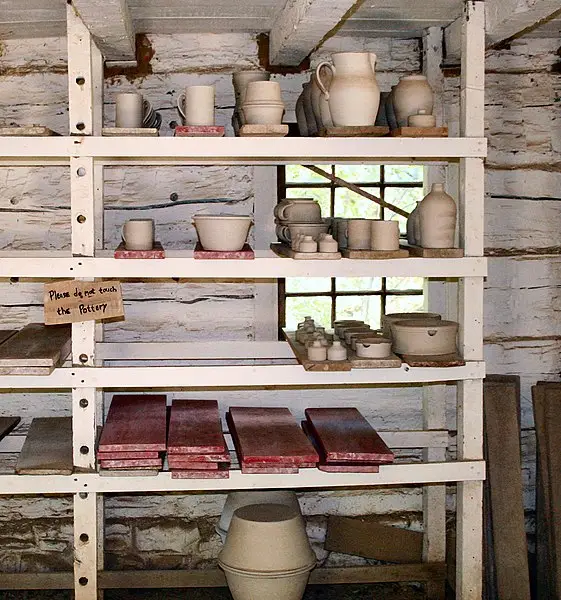
When you make your pottery sit on a shelf or a rack, you can ensure better airflow circulation around the piece. It prevents some areas like the underside from holding the moisture for too long, which lets it match the drying rate with the other regions, which are very important to ensure a very well-controlled drying process.
10. Make sure the joining of your clay is done very well:
While making your pottery piece, you might overlook the joint areas, which are crucial for drying your pottery piece. When joining your clay pieces, make sure all the pieces have the same amount of moisture levels.
You might feel that your work ends if the pieces get joined with each other as you press it. The joint looks good, but later the two parts can separate if the joint is not strong or there is a difference in the moisture level of the piece. Then, why are you joining it?
Try to score the surface area of both the clay pieces where you will make it get attached. You can scratch the grooves on the clay’s body using a knife, scraper, or any other hard tools. Then you can add a slip on the scored place before pressing the separate pieces to get joined together.
What are the other tips to keep in mind while drying your pottery?
The tips mentioned above are the primary ones that you need to keep in your mind to initiate a very even drying process without cracking. Here are some other factors that you must keep in mind if you want to have peace of mind during drying. Have a look:
Tips | Why is it important? |
| Try to keep the design and detailing on your pottery as simple as you can. | Too many detailed or intricate designs lead to an uneven surface of the pottery clay, leading to uneven drying, which can make your pottery clay crack. |
| Make smaller pieces, or give much care to the larger pieces | Most of the larger pieces tend to have cracks while drying. If the piece is thick, the ware surface will dry out more quickly than the other deeper layers. |
| Wedge your clay properly | No matter how expensive clay you are using, it can still crack if it is not appropriately wedged. The uneven wedging can leave some parts of the clay dense and dry, which leads to cracking. |
Conclusion:
While pottery making is a fascinating process, it can be stressful if it is not happening in the way you want. And that is why it becomes crucial to ensure that you are taking all the essential measures while properly drying your pottery. The tips mentioned above can be beneficial if you want to prevent the cracking-related nuances while drying. Hopefully, you are going to find these tips very helpful for your next project.
Happy Sculpting!

